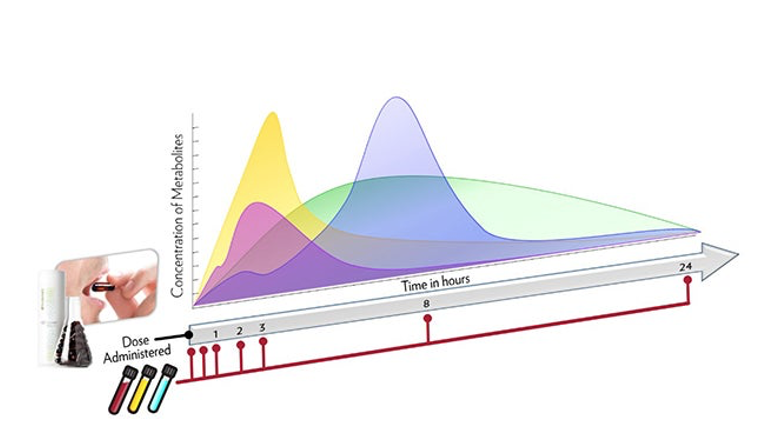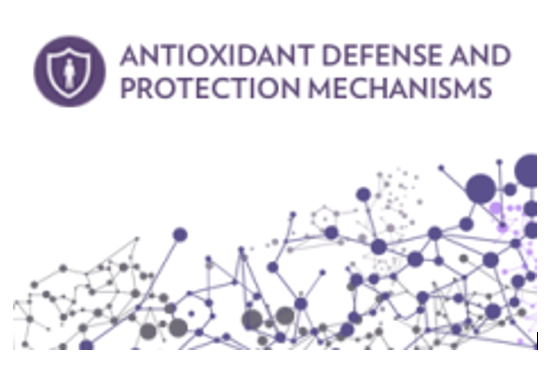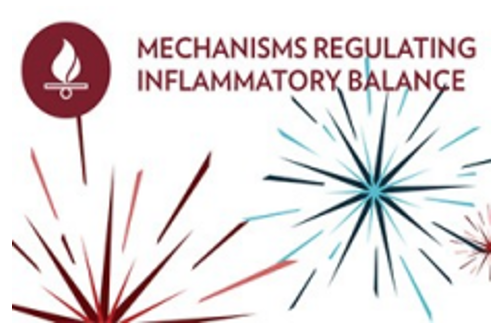Nu Skin scientists designed a study comprised of 6 men and 6 women to monitor the absorption, metabolism and clearance of ageLOC Youth’s polyphenols. After each participant took ageLOC Youth, scientists collected blood, urine, and saliva samples to track the absorption and clearance of polyphenols and their metabolites at different times over the course of 24 hours. Each subject repeated the experiment three times, with a different dose of ageLOC Youth at each repetition, and with a “washout period” of at least one week between each repetition. The collected data established the absorption and metabolism rate of each polyphenol, with some reaching their peak concentration as early as 2 hours, and others taking up to 8 hours to reach their peak. By the close of the 24-hour time period, all polyphenols and their metabolites returned to pre-ingestion levels. This data confirms that ageLOC Youth’s polyphenols are being absorbed into the bloodstream, and confirms the importance of taking ageLOC Youth twice a day (preferably in the morning and evening) to maintain consistent circulating levels in the bloodstream. This study is one more example of Nu Skin’s commitment to making sure you get the right dose, every time.

Prior to this new study, only limited data could be found in scientific literature regarding the kinetics of polyphenols. Our Nu Skin scientists presented these findings at the 2016 annual Experimental Biology meeting in San Diego, California, a symposium of over 14,000 scientists. Their research was among the few selected to be displayed at the prestigious poster session hosted by the American Society for Nutrition.

Our antioxidant defense and protection mechanisms are important for defending our bodies against reactive oxygen species. Reactive oxygen species are reactive molecules that have a single unpaired electron in their outermost shell of electrons. Electrons generally like to be in pairs for stability. Therefore, because these electrons are not paired, they are highly unstable and reactive compounds. These compounds include free radicals such as superoxide and peroxyl radicals, but also include non-radicals such as hydrogen peroxide and singlet oxygen. These reactive oxygen species can lead to oxidative stress, an imbalance between the production of free radicals and the body’s ability to counteract their harmful effects through the help of antioxidants.

Our bodies have mechanism that serves as protect us. When exposed to damaging factors or foreign pathogens, your body’s cells raise an alarm. One of these alarms is inflammation.
As part of your body’s first line of defense, macrophage cells—the “guards”—release inflammatory signals including cytokines and chemokines. These inflammatory signals trigger appropriate cellular processes to protect and repair the body.


